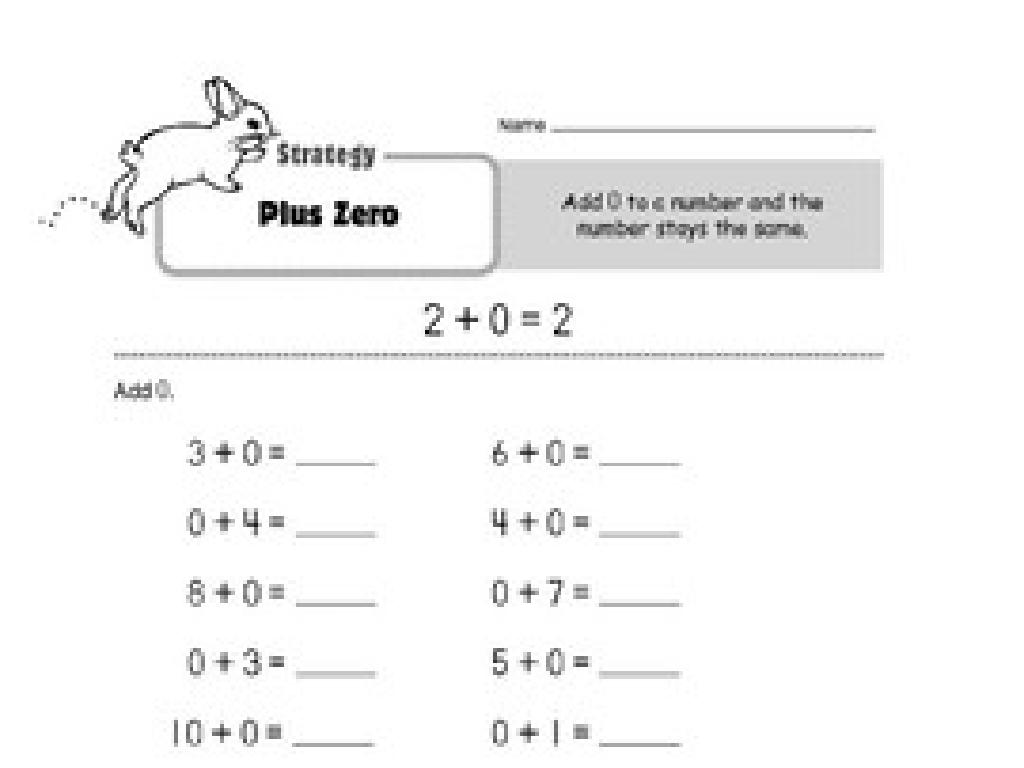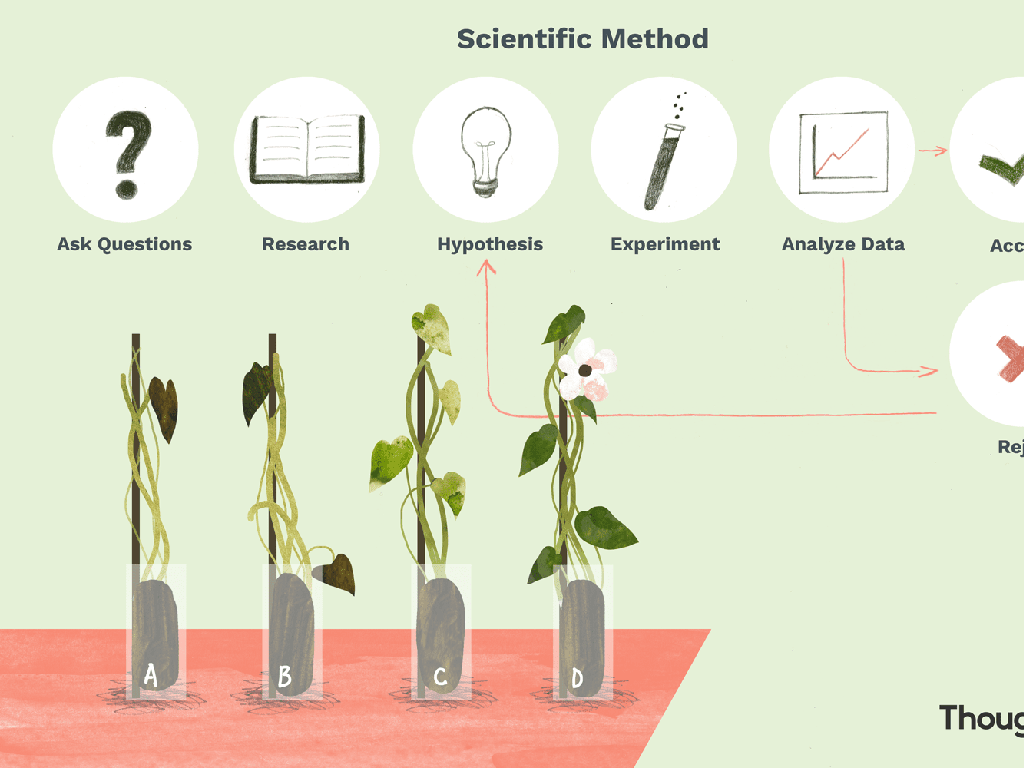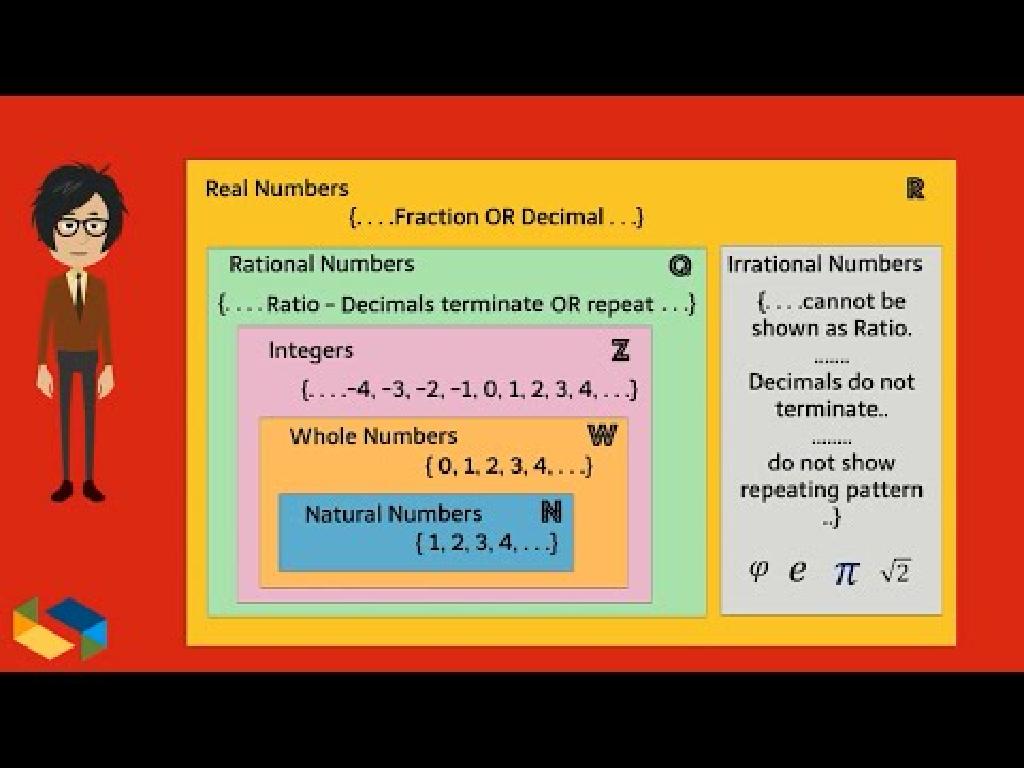Compare Ages Of Fossils In A Rock Sequence
Subject: Science
Grade: Sixth grade
Topic: Fossils
Please LOG IN to download the presentation. Access is available to registered users only.
View More Content
Welcome to the World of Fossils!
– Define fossils
– Fossils are preserved remains or traces of ancient life.
– Formation of fossils
– Fossils form when organisms are buried quickly by sediment, protecting them from decay.
– Significance of studying fossils
– Studying fossils helps us understand past life, evolution, and Earth’s history.
|
This slide introduces students to the concept of fossils, which are the preserved remains or traces of organisms that lived in the past. Explain that fossils can include bones, shells, footprints, or even traces of DNA. Discuss the fossilization process, emphasizing that rapid burial and the right conditions are crucial for fossil formation. Highlight the importance of studying fossils, as they provide a window into the history of life on Earth, showing us how different organisms have changed over time and how the environment has evolved. Encourage students to think about how fossils can tell us stories about the past and why that might be important for understanding our present and future.
Exploring Fossils: Clues to the Past
– Fossils: Remains of ancient life
– Preserved remains or evidence of once-living organisms
– Types: Bones, shells, imprints
– Examples include dinosaur bones, leaf imprints, or shell fossils
– Fossils in rocks
– Often found in sedimentary rock layers
– Fossils as history clues
– Help us understand life millions of years ago
|
This slide introduces the concept of fossils to the students, explaining that they are the preserved remains or traces of organisms that lived in the geological past. Fossils can be actual parts of the organisms, such as bones or shells, or they can be imprints left behind, like footprints or leaf impressions. They are typically found embedded in rocks, especially sedimentary rocks. By studying fossils, scientists can gather information about what life was like on Earth millions of years ago, including the environment, behavior, and evolution of organisms. Encourage students to think about how a fossil is like a history book, giving us a glimpse into a world long gone.
How Fossils Form
– Fossils mostly in sedimentary rock
– Sedimentary rock forms from accumulated sediment, ideal for preserving fossils.
– Organisms buried swiftly post-mortem
– Quick burial is crucial to prevent decay and scavenging.
– Sediment layers accumulate over time
– Over years, sediment layers compress, encasing the organism.
– Layers harden, becoming rock with fossils
– Minerals replace organic material, creating a fossil within the rock.
|
This slide explains the fossilization process, emphasizing that most fossils are found in sedimentary rock. It’s important for students to understand that rapid burial after an organism’s death is key to fossil formation, as it protects the remains from decay. Over time, layers of sediment build up and harden into rock, preserving the organism within. This process can take thousands to millions of years, with minerals gradually replacing the organic material, resulting in a fossil. Encourage students to think about how this process allows us to see into the past and study the history of life on Earth.
Types of Fossils: Clues to the Past
– Body fossils: preserved organism parts
– Like bones, teeth, or shells that have turned into stone.
– Trace fossils: records of activity
– Footprints, nests, or droppings that tell us how organisms lived.
– Mold and cast fossils: substrate impressions
– Molds are the cavities left in rock; casts are filled molds.
– Comparing fossil ages
|
This slide introduces students to the different types of fossils and sets the stage for understanding how they can be used to compare ages in a rock sequence. Body fossils are direct evidence of ancient organisms, while trace fossils provide insight into the behavior and activities of past life. Mold and cast fossils give us a ‘snapshot’ of an organism by preserving its shape. Emphasize that the deeper the fossil is found in the rock layers, the older it is, due to the way sedimentary rocks form over time. This concept is fundamental for the next lesson where students will learn about the relative dating of fossils.
Fossil Dating: Understanding Age Comparison
– Relative vs. Absolute dating
– Relative dating: older or younger
– Determines if one fossil is older or younger than another without exact ages
– Absolute dating: numerical age
– Uses techniques like radiometric dating to assign an actual number to a fossil’s age
– Law of Superposition
– In undisturbed rock layers, the oldest layers are at the bottom, with younger layers on top
|
This slide introduces students to the concept of fossil dating, which is crucial for understanding the history of life on Earth. Relative dating allows scientists to determine whether a fossil is older or younger than another by comparing their positions in rock layers. Absolute dating provides a more precise numerical age using methods such as radiometric dating. The Law of Superposition is a key principle that helps in relative dating, stating that in any sequence of undisturbed rock layers, the oldest layer is at the bottom and the layers get progressively younger as you move up. Encourage students to think about how these methods could be used to tell the story of Earth’s past.
Comparing Ages of Fossils in Rock Layers
– Older fossils are deeper
– Fossils found in lower layers are usually more ancient.
– Index fossils indicate age
– Certain fossils, known as index fossils, are used to identify the relative age of rock layers.
– Compare depth and composition
– Look at how deep the fossils are and what the rocks are made of to guess their age.
– Relative dating of rocks
– Using these methods, scientists can arrange rocks in order from oldest to youngest.
|
This slide introduces the concept of relative dating of fossils within rock layers. Students should understand that the deeper a fossil is found, the older it is likely to be, due to the way sedimentary rocks form over time. Index fossils, which are widespread, limited to a particular geologic time, and abundant, serve as indicators to compare the ages of rock layers. By examining the depth at which fossils are found and the composition of the surrounding rock, students can infer the relative ages of fossils. Emphasize that while this doesn’t give an exact age, it allows scientists to understand the sequence of life on Earth. Encourage students to think about how the Earth changes over time and how these changes affect where fossils are found.
Activity: Fossil Layers Exploration
– Simulate rock layers in class
– Create your own ‘fossil layers’
– Use materials like clay, sand, and pebbles to build layers
– Represent different time periods
– Each color or material type can signify a different geological era
– Place ‘fossils’ in correct layers
– ‘Fossils’ can be small toys or cutouts to embed in the layers
|
This hands-on activity is designed to help students understand the concept of stratigraphy and fossil dating. By creating their own ‘fossil layers’, students will learn how paleontologists use rock layers to determine the relative ages of fossils. Provide a variety of materials to simulate different rock layers and a set of ‘fossils’ that students can place within these layers. Encourage them to think about the order in which they place the fossils, as this represents the chronological order in which the organisms lived and were fossilized. After the activity, discuss how lower layers are older and how this helps scientists date fossils. Possible variations of the activity could include using different types of pasta for fossils, or having students draw the layers and fossils instead of building them.
Fossil Layers – A Glimpse into the Past
– Discuss rock layer significance
– Each layer represents a different time period in Earth’s history.
– Determine age of fossils
– The deeper the layer, the older the fossils it contains.
– Interpret past environments
– Fossils give clues about climate, vegetation, and animal life from their time.
– Engage in group discussion
|
This class activity is designed to engage students in a discussion about the significance of rock layers and the fossils found within them. Start by explaining that rock layers are like pages in a history book, with each layer representing a different period. Encourage students to think about how the position of fossils within these layers can indicate their age, with deeper layers being older. Discuss what information these fossils can provide about the environment of the past, such as the climate, types of plants, and animals that existed. Divide the class into small groups and let them discuss these points, guiding them to understand the concept of stratigraphy and the use of fossils in studying Earth’s history. Provide examples of different fossils and ask students to hypothesize the environment in which these organisms lived. This activity will help students to apply their knowledge of fossils and rock sequences in a practical and interactive way.
Fossils: Time Capsules of Earth’s History
– Fossils: keys to the past
– Fossils show us life from millions of years ago.
– Comparing ages reveals history
– Older layers lie below younger ones, showing a timeline.
– Scientists’ insights from fossils
– Fossil comparison helps scientists understand Earth’s changes.
– Encourage curiosity and questions
|
As we conclude, remind students that fossils are more than just old bones or imprints; they are our primary source of information about the history of life on Earth. By comparing the ages of fossils found in different rock layers, scientists can piece together the story of our planet, including the evolution of species and the changes in the environment over time. Encourage students to reflect on the significance of this and to ask questions or explore further about any aspect of fossils and Earth’s history that piques their interest. This reflection will help solidify their understanding and appreciation for the role of fossils in science.





